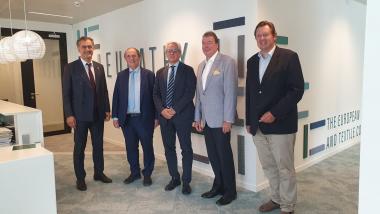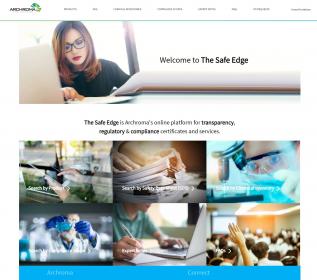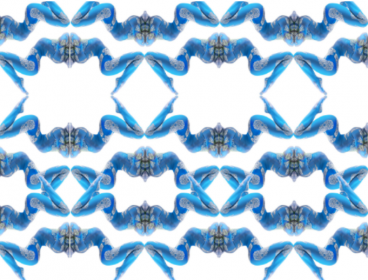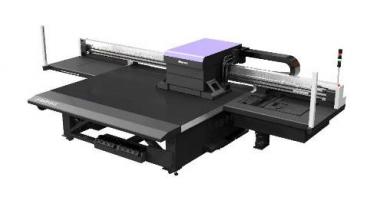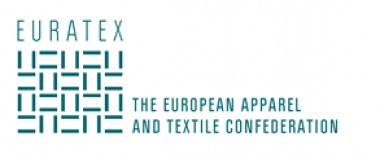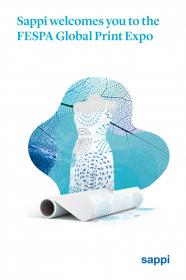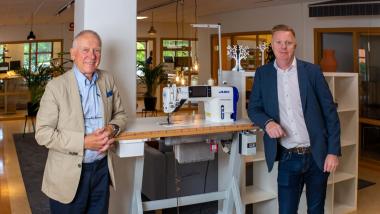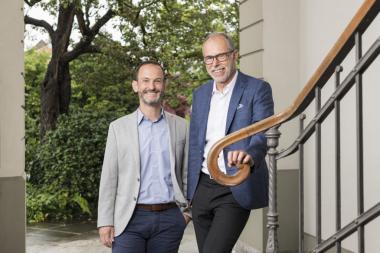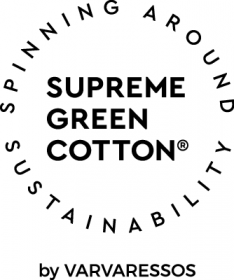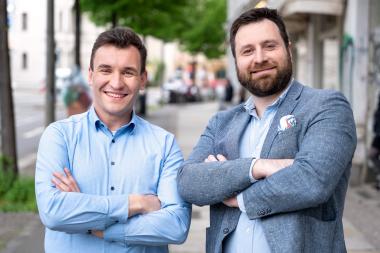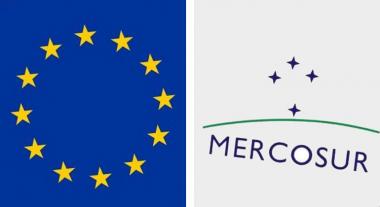Baldwin realigns sales teams for customers’ needs
In a move to optimize interactions and simplify customer access to one of the printing industry’s largest portfolios of process-improvement and consumables technologies, Baldwin Technology Company Inc. is excited to announce changes across its print and packaging sales teams for Europe, the Middle East, Africa and Russia, as well as the Americas, effective October 1. After this realignment, customers will benefit from having a single point of contact for all of Baldwin’s product lines.
“Effective October 1, our sales teams in EMEAR and the Americas will be realigned to cover smaller regional geographies, and our regional teams will have access to the full Baldwin portfolio of equipment, consumables and service products, as well as industry product expertise, powered by our new Industry 4.0 AMP IoT (Internet of Things) data-aggregation and process-monitoring software platform,” said Peter Hultberg, Baldwin’s Chief Commercial Officer. “This means our customers will have a single sales point of contact for all products, while simplifying their access to the technical experts throughout our business.”
Baldwin Technology Company Inc.





